Chile is a hotspot for telescopes peering up into deep space to study structures like stars, black holes, dark matter and galaxies.
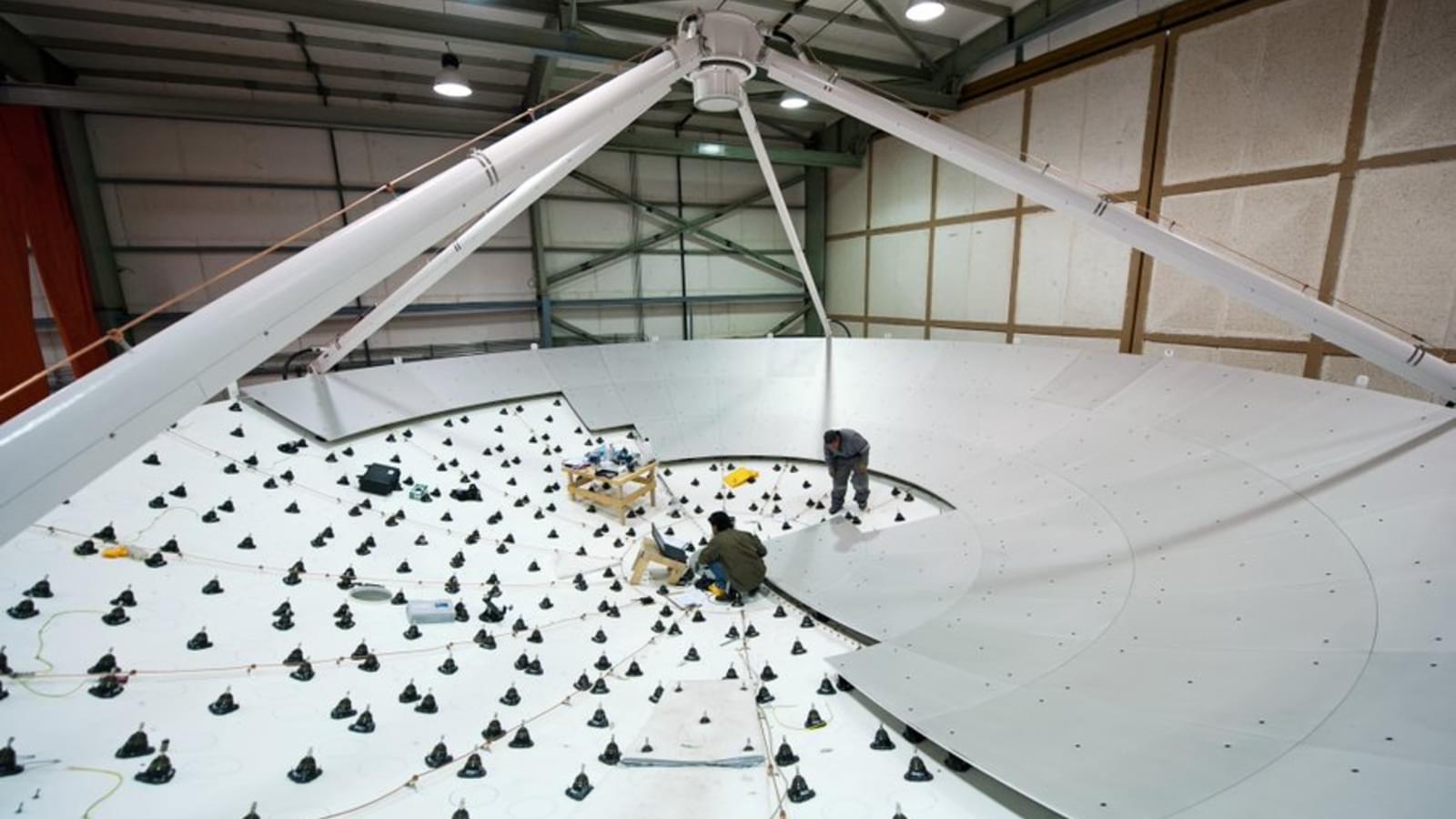

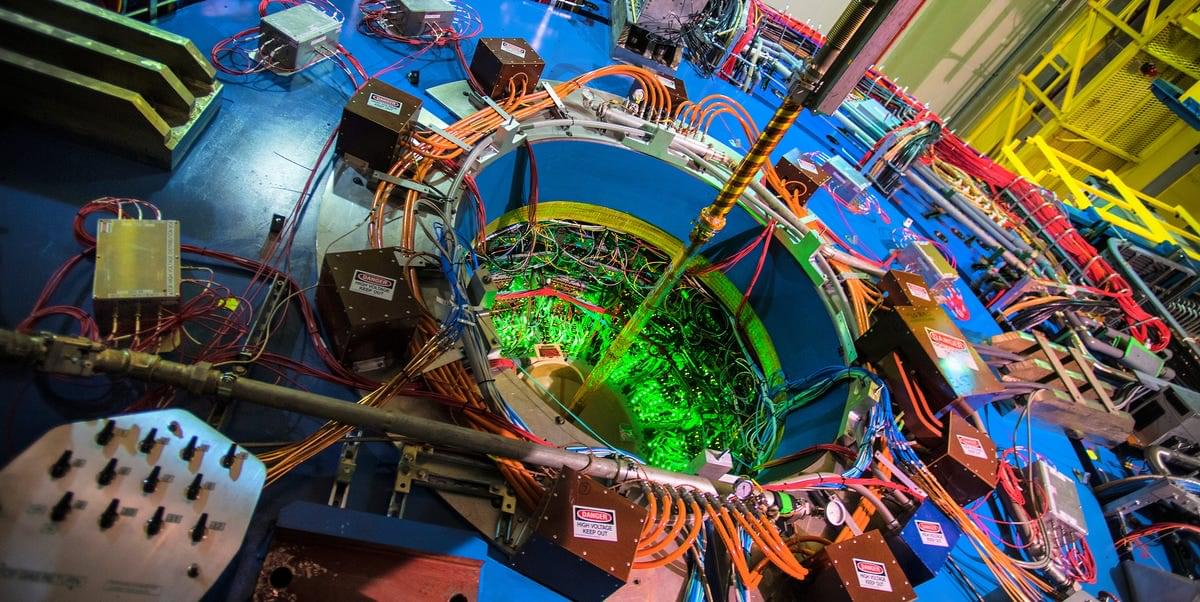
Today, the absolute heart of particle physics is located in Geneva, Switzerland at CERN’s Large Hadron Collider. This instrument’s unmatched size, power, and precision make it the ultimate tool for exploring high-energy particle physics. However, one tool can’t do everything, and even immensely useful ones like the LHC sometimes need a helping hand.
That’s where Brookhaven National Laboratory’s (BNL) Relativistic Heavy Ion Collider (RHIC) comes in. In 2015, the U.S. Department of Energy approved an upgrade to the Pioneering High Energy Nuclear Interaction eXperiment (PHENIX)—an instrument originally designed to explore the components of the quark-gluon plasma (QGP) that formed one millionth of a second after the Big Bang. According to Edward O’Brien (a physicist from BNL), the idea behind this super PHENIX, or sPHENIX, was to “provide physics results which focused on jets and heavy flavor [of quarks] that complemented and overlapped with the Heavy Ion physics results being generated by the experiments at the CERN Large Hadron Collider.”
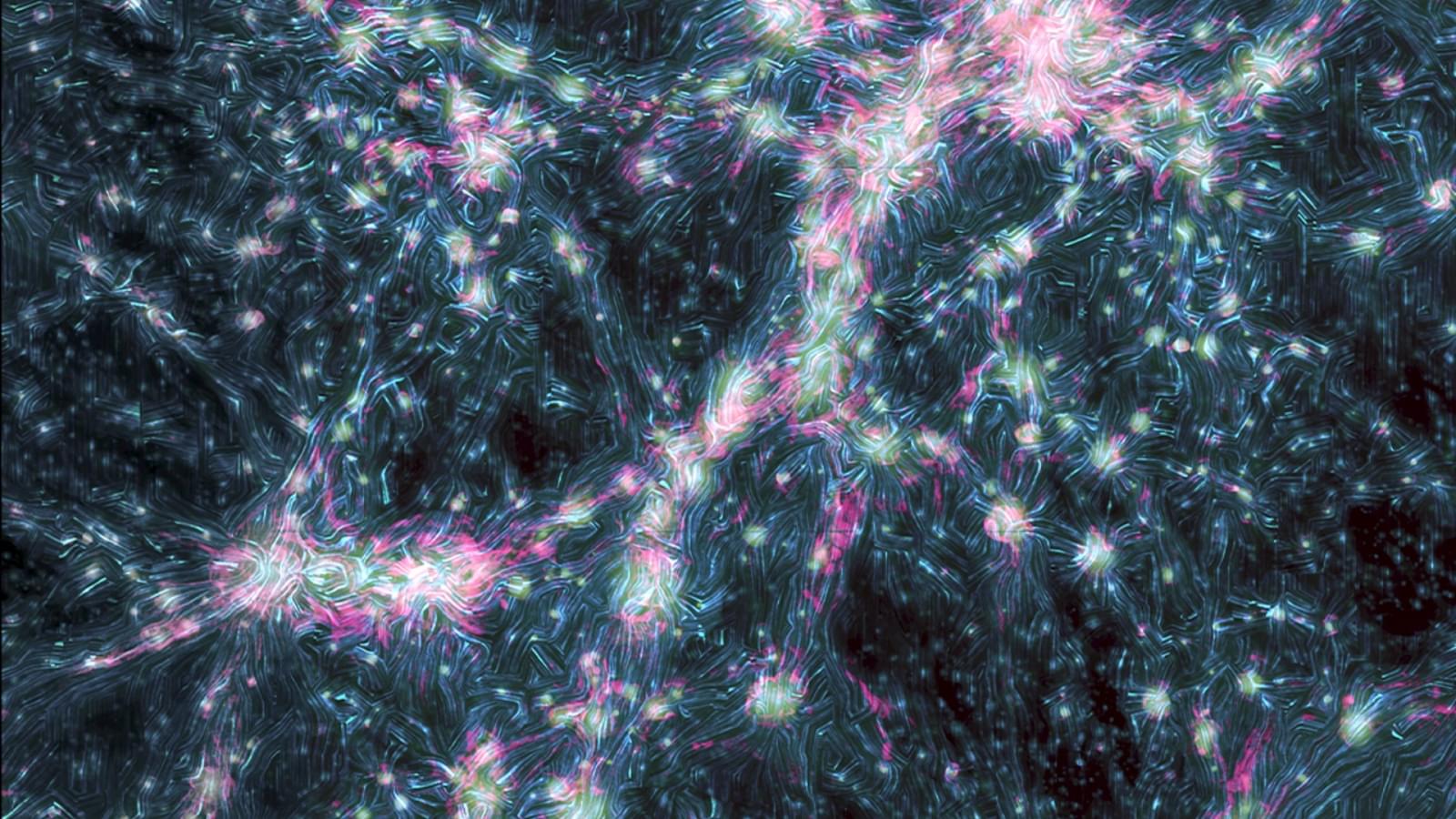
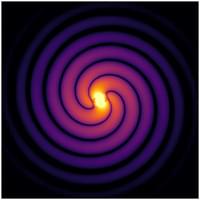
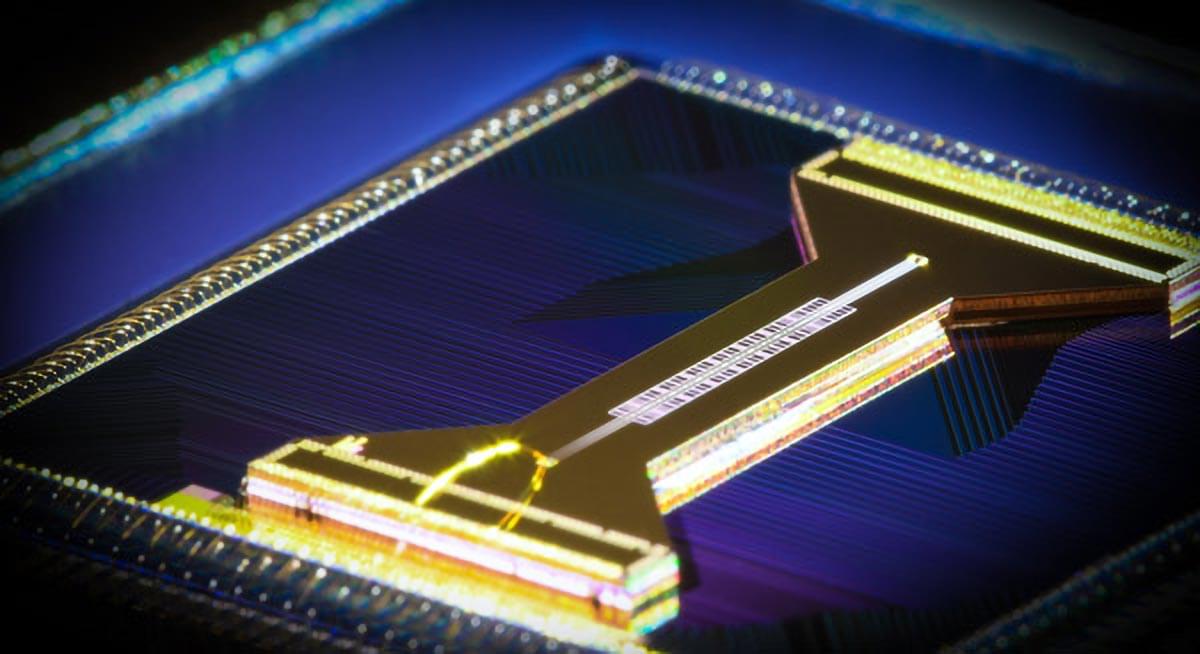
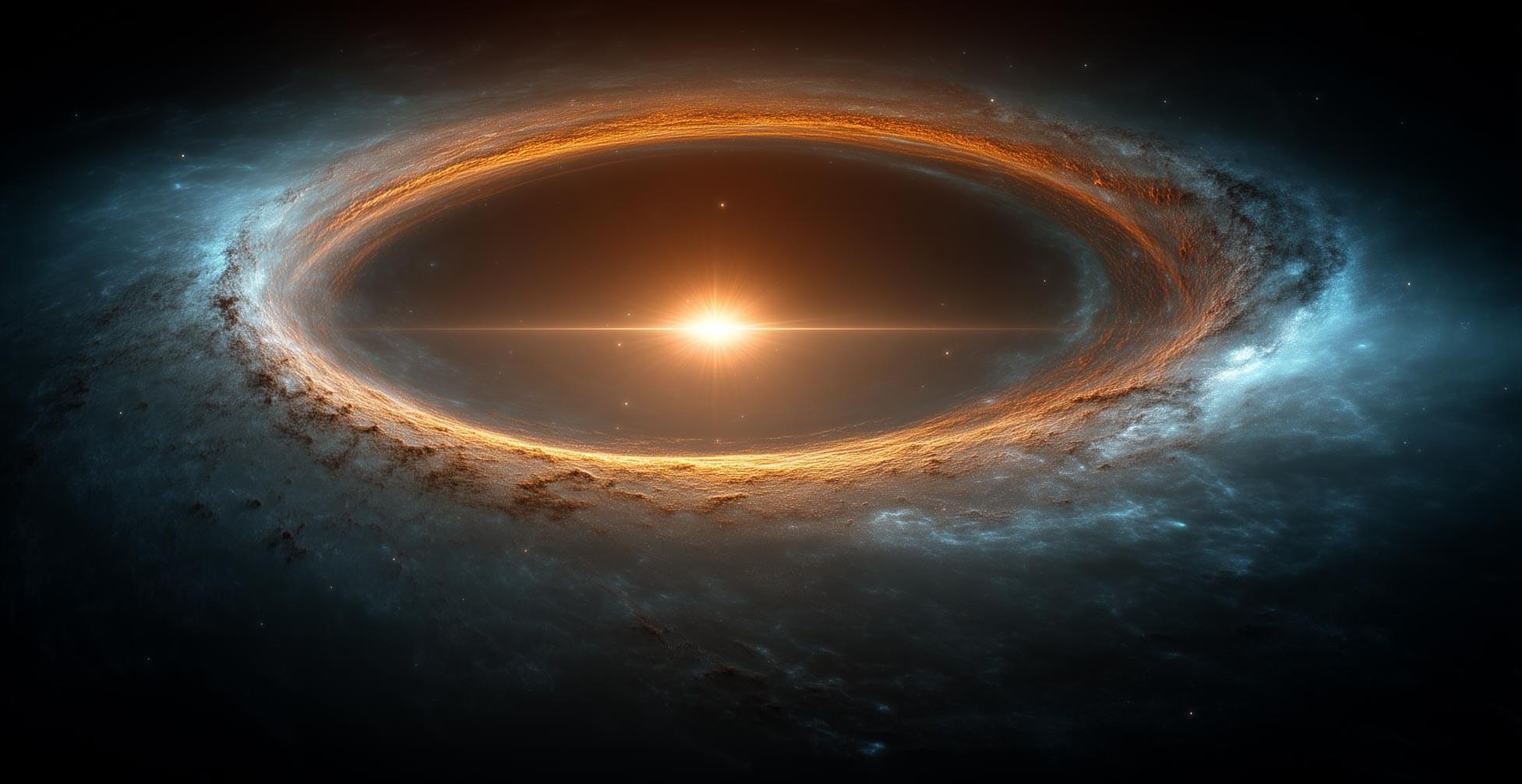
A new study suggests the universe didn’t need inflation to begin. Instead, gravitational waves could explain how structure formed in the early cosmos.
Paper link: https://journals.aps.org/prresearch/a…
Chapters:
00:00 Introduction.
00:40 The Discovery/Event.
02:42 Scientific Significance & Theories.
04:48 Implications and What’s Next.
07:16 Outro.
07:54 Enjoy.
MUSIC TITLE: Starlight Harmonies.
MUSIC LINK: https://pixabay.com/music/pulses-star…
Visit our website for up-to-the-minute updates:
www.nasaspacenews.com.
Follow us.
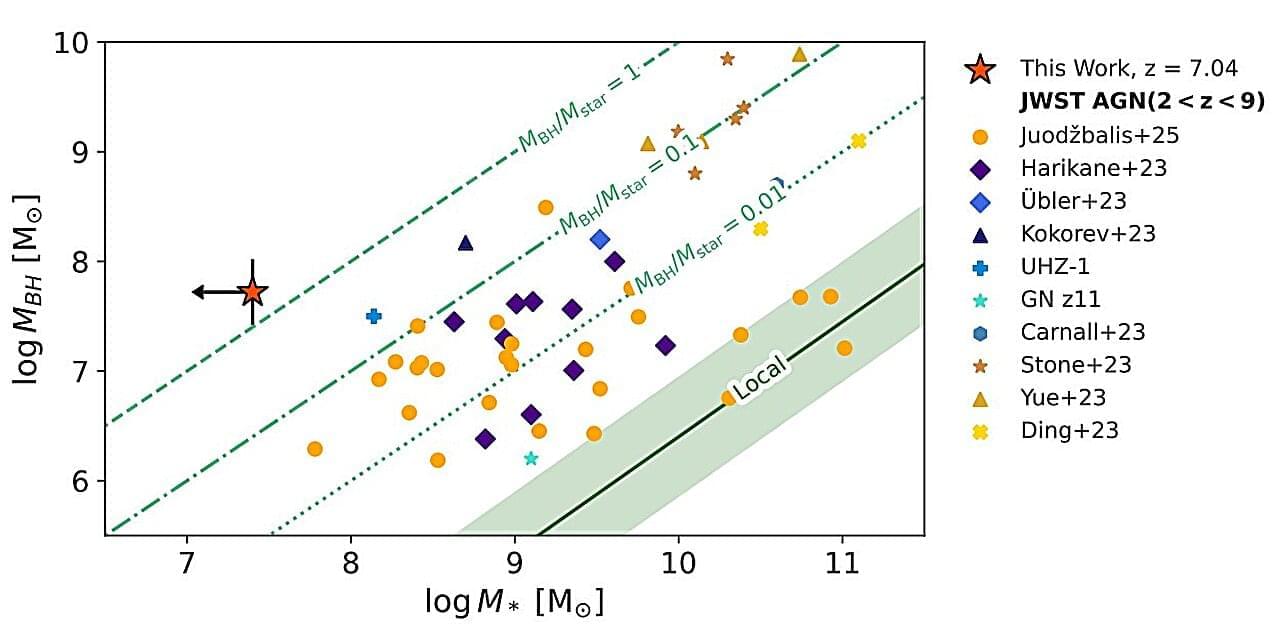
Scientists have discovered a giant black hole that they believe may have been formed in the first few microseconds after the Big Bang. The black hole is so huge that it may change our understanding of how these cosmic giants form. If the findings are confirmed, this will be the first evidence of primordial black holes, which were predicted to exist by Stephen Hawking in the 1970s.
The discovery comes from observations made by the James Webb Space Telescope (JWST), the largest telescope in space. JWST spotted a group of small, red, faint objects called “Little Red Dots” (LRDs), which are thought to be baby galaxies that are home to young, growing black holes.
A paper by an international team of scientists led by astrophysicist Ignas Juodžbalis of the University of Cambridge in the UK has directly measured the mass of one of the LRDs. Their results indicate that a mysterious glow from the red dot named QSO1 is a black hole with a mass equivalent to 50 million suns. This large astronomical object is in the early stages of a process called accretion, where its gravity is pulling in surrounding gas and dust. The study is published on the arXiv preprint server.
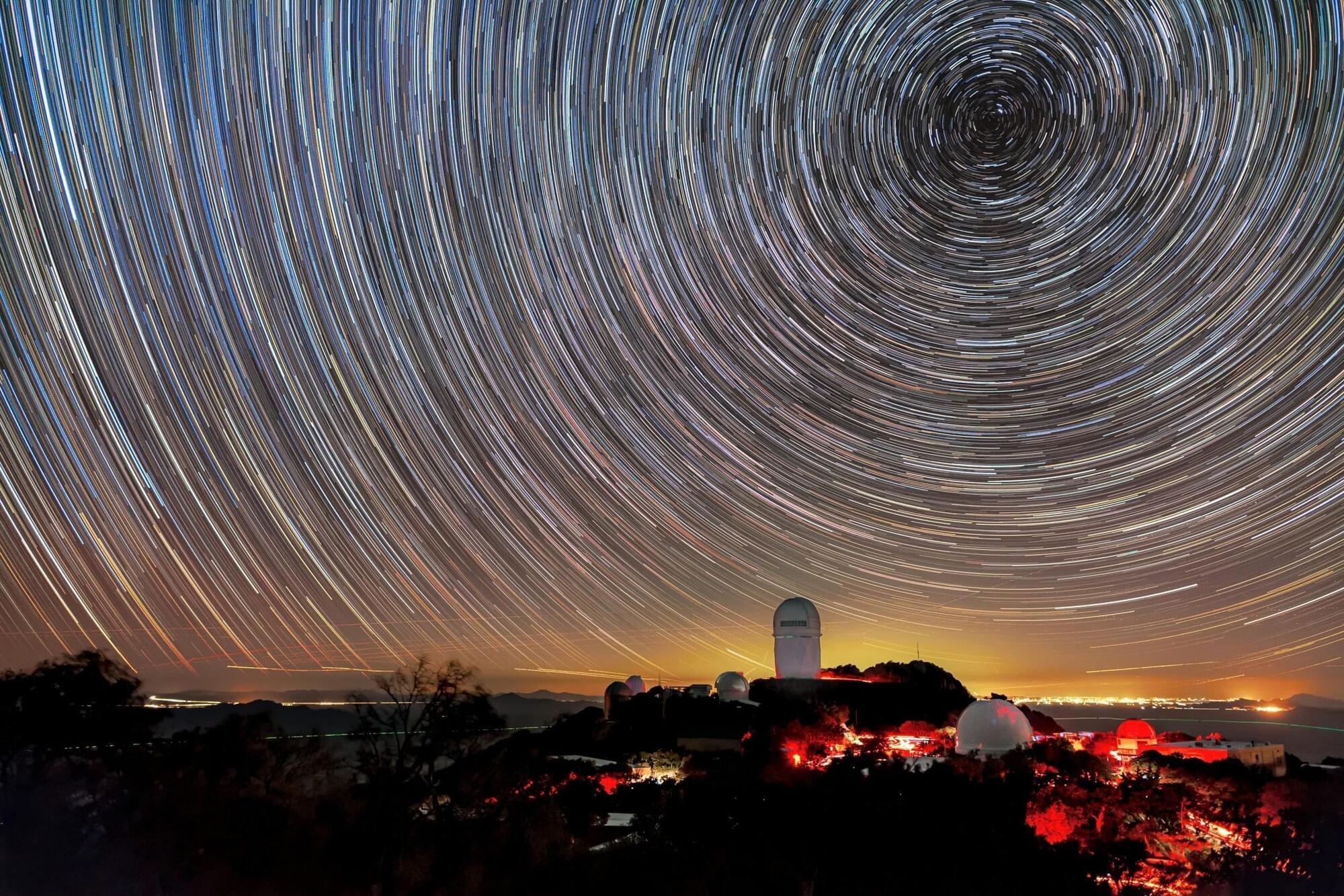

A giant bubble of gas and dust surrounds the red supergiant DFK 52, likely created in a powerful outburst 4,000 years ago. Astronomers are baffled at how the star survived without going supernova, and suspect a hidden companion may have played a role. This discovery could reveal clues about the final stages of massive stars.
Astronomers from Chalmers University of Technology, Sweden, have discovered a vast and expanding bubble of gas and dust surrounding a red supergiant star – the largest structure of its kind ever seen in the Milky Way. The bubble, which contains as much mass as the Sun, was blown out in a mysterious stellar eruption around 4,000 years ago. Why the star survived such a powerful event is a puzzle, the scientists say.
The new results are published in the scientific journal Astronomy and Astrophysics, and the team was led by Mark Siebert, Chalmers, Sweden. Using the ALMA radio telescope in Chile, the researchers observed the star DFK 52 – a red supergiant similar to the well-known star Betelgeuse.